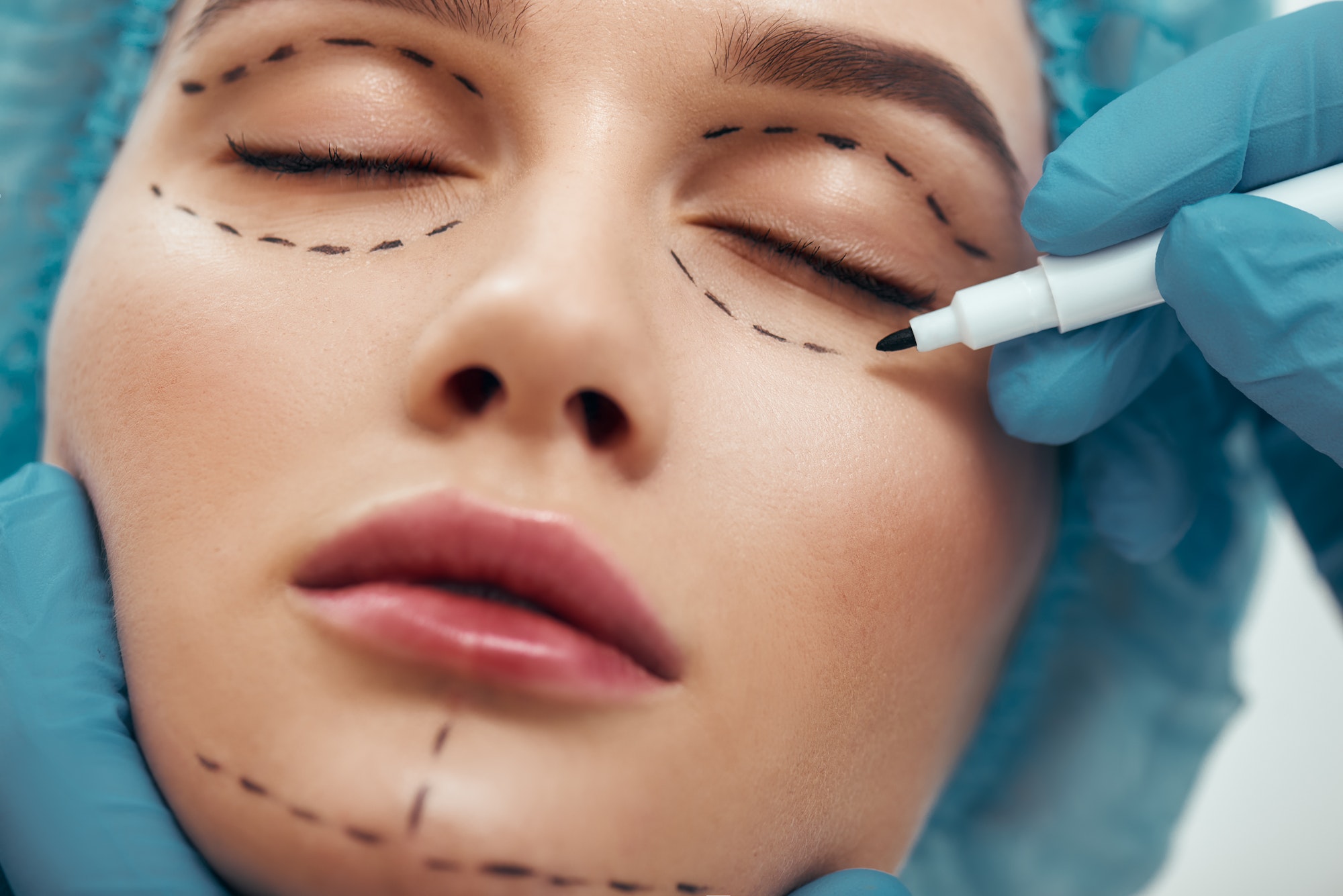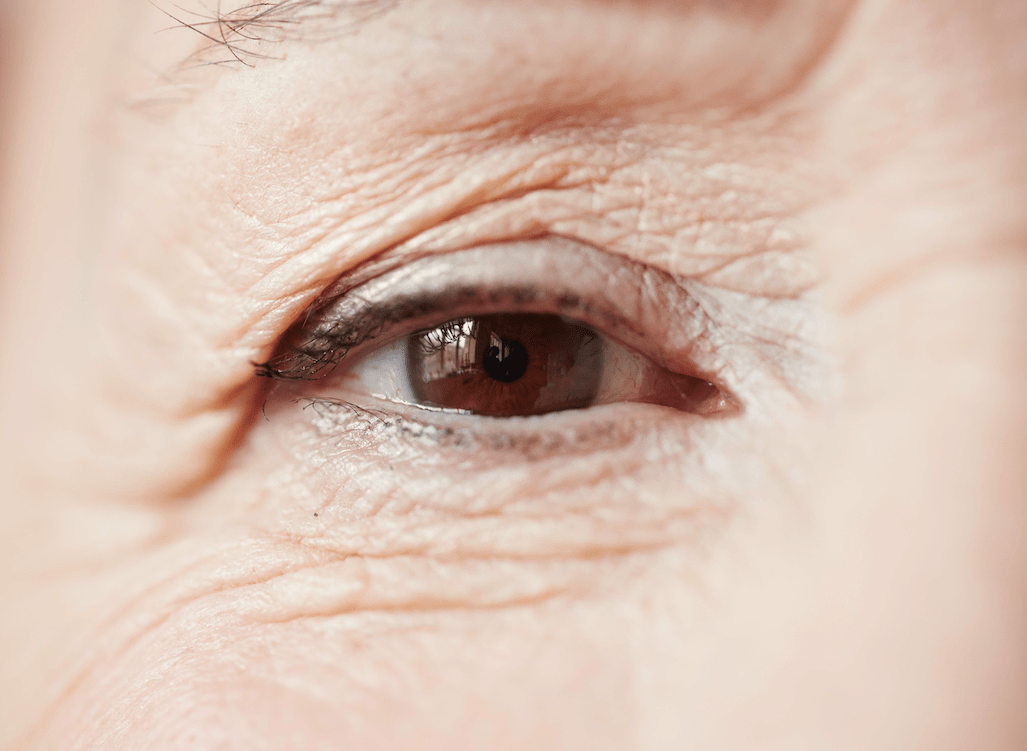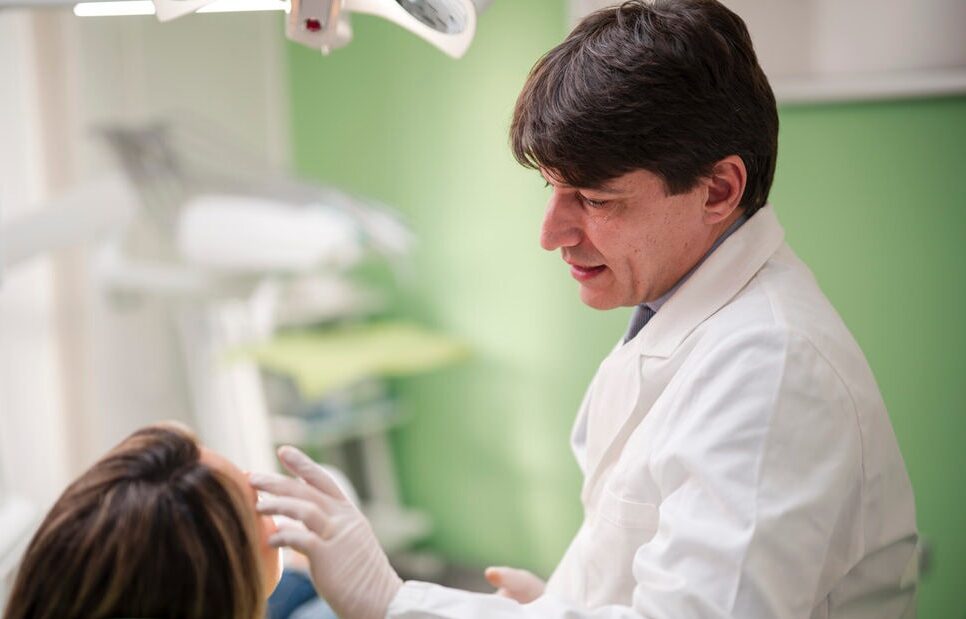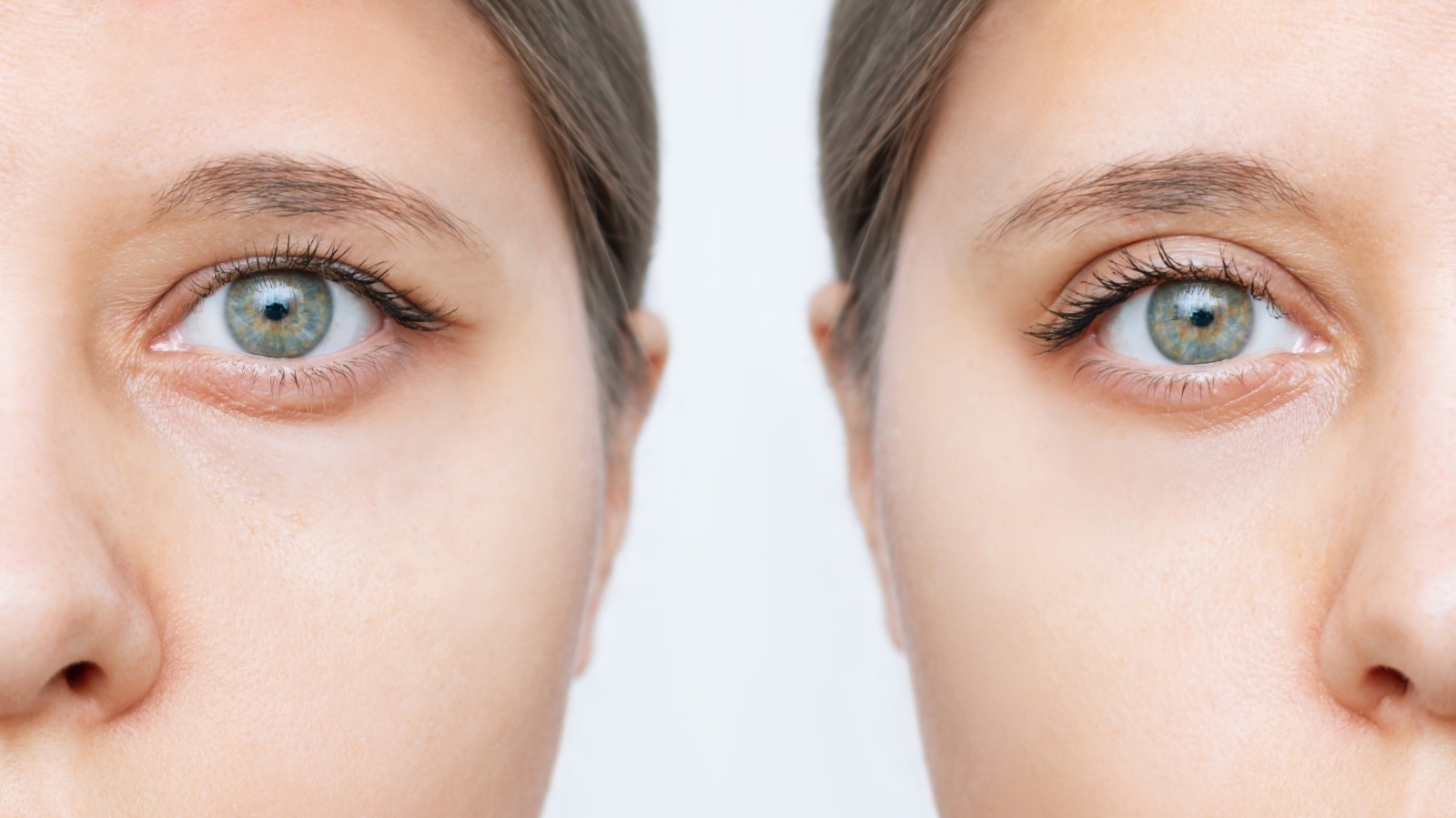
Gli occhi e lo sguardo sono strumenti fondamentali per entrare in relazione con l’ambiente e le persone che ci circondano, ma il passare del tempo può provocare dei cambiamenti della regione perioculare, con la comparsa di rughe, pelle in eccesso e borse di grasso che a poco a poco possono dare agli occhi un aspetto stanco e appesantito ed in alcuni casi possono diventare un ostacolo per la vista.
More precisely chirurgia blefaroplastica è l’ intervento di aesthetic nose con il quale vengono rimossi gli eccessi di pelle e le borse di grasso dalle palpebre superiori e/o inferiori, e si propone di restituire allo sguardo a youthful, fresher appearance to the gaze, with improvement of the visual field.
L’ intervento di chirurgia blefaroplastica a Roma e Latina del Dott. Panetta è indicato sia negli uomini che nelle donne, di età molto variabile, che lamentano occhi pesanti, gonfi, con pelle in eccesso e borse palpebrali.
People with heavy or drooping upper eyelids may also experience vision issues with a specific involvement of the upper and lateral quadrants of the visual field.
Therefore Blepharoplasty is recommended in the presence of:

Il paziente, prima dell’intervento di chirurgia Blefaroplastica a Roma e Latina, viene sottoposto a un’accurata visita specialistica durante la quale vengono evidenziati i punti della regione perioculare che necessitano di essere trattati. In base alle problematiche riscontrate viene stabilita dal chirurgo la modalità di intervento, al fine di ottenere il risultato migliore e più duraturo per il paziente. Oltre ai comuni esami pre-operatori può essere utile in alcuni casi una visita oculistica.





The surgeon makes an incision of variable shape, appearance and extent in order to hide the future scar in the natural crease of the eyelid. The excess skin is removed and, depending on the case, we proceed with the removal of a small part of the orbicularis muscle and the reduction of the fat bags. This is followed by suture and dressing of the wound.

The operation can be carried out externally or via a trans-conjunctival incision. In the first case, the surgeon makes an incision a few millimeters from the lash line, extending it to the external corner of the eye. Fat bags are reduced or repositioned to eliminate so-called dark circles; the excess skin is then removed and the wound is stitched.

In trans-conjunctival blepharoplasty operations, the surgeon makes an incision along the conjunctiva (inner surface of the lower eyelid) in order to remove the fat bags under the eyes without leaving external skin scars. Trans-conjunctival blepharoplasty is indicated in patients whose skin shows the first signs of sagging while retaining good elasticity.

Per interventi di chirurgia Blefaroplastica a Roma e Latina eseguiti in anestesia locale, con o senza sedazione, è previsto un periodo di osservazione di alcune ore; le operazioni in anestesia generale richiedono, generalmente, un ricovero breve di 24 ore nella clinica scelta a Roma.
In the 48 hours after the operation, the patient must remain at rest with the head slightly raised. Starting from the third day, a gradual resumption of normal activities is allowed. During the swelling or bruising phase it is advisable to protect yourself from the sun by applying the recommended sun protectors and wearing sunglasses. In this stage, eyelid edema and ecchymosis may appear, with spontaneous regression within approximately 8-10 days.
For a perfect result, the face as a whole must be analyzed, not just the eye area. The eyelids must be in harmony with the rest of the face. The position of the eyebrow, the cheek area and the middle third of the face should be analyzed along with the eyelids for a better post-operative result. Characteristics of the skin like elasticity, firmness, colour, presence or absence of alterations such as spots, moles, fat bags, wrinkles, are all details that must be considered in the case of blepharoplasty.
The result is tighter skin and a more youthful and rested appearance, with great patient satisfaction.

The incisions are hidden in the natural folds of the skin. Excess skin is removed from the middle portion of the upper eyelids and just below the eyelashes of the lower eyelids. After complete recovery, the scars are practically invisible. Depending on the patient’s need, it can be carried out on the upper eyelids (upper blapharoplasty), lower eyelids (lower blepharoplasty) or both (complete blepharoplasty).
Blepharoplasty is a surgery that essentially has no side-effects, except for significant compromises in the patient's general state of health. It has a high percentage of excellent results and a low number of complications, turning it in a valid surgical procedure, if correctly performed. Complications in blepharoplasty, when they occur, are usually transient, like bruising. As with any surgical procedure, indications and expectations should be discussed deeply with the surgeon.
The Dott. Daniele Panetta, Chirurgo Maxillo – Facciale effettua interventi di Chirurgia Blefaroplastica a Roma e Latina.
Upper blepharoplasty is carried out under local anesthesia, with or without sedation. When lower blepharoplasty is performed, or both as a single surgery, it is recommendable to use general anesthesia.
The duration is variable, from 30 minutes for upper blepharoplasty to 90 minutes when upper and lower blepharoplasty are carried together.
After the blepharoplasty swelling and bruising around the eyes are absolutely normal. After a week the bulk of the swelling subsides but, just like other surgeries, the complete settling of the tissues takes months, during which the patient appreciates a progressive improvement in the appearance of the skin in the periocular region.
Postoperative pain is a subjective event, but we can state that it is not a painful and disabling operation and, in any case, pain can be controlled with common anti-inflammatory drugs.
Thin plasters are applied to the upper and lower eyelids depending on the procedure performed. This is a very light dressing that is removed after 3 days.
Once the edema has been reabsorbed and the sutures removed, it is possible to practice light physical activity, while you must abstain from intense sporting activity for about a month, or a month and a half.
Blepharoplasty leaves no marks and small scars are hidden in the upper eyelid sulcus or along the line under the eyelashes of the lower eyelid. The scars will go through several stages during the healing process, but they will become unnoticeable a few months after the operation.
About 15 days after the surgery you have a decidedly pleasant appearance, but the healing and settling process of the tissues continues for months, with a progressive improvement in the periocular region.
The results of blepharoplasty are permanent or long-lasting. The surgery does not stop the natural aging of the skin but it brings it back to a condition comparable to that present 10 or 15 years earlier.

Il Dott. Daniele Panetta e il suo team lavorano con professionalità e passione per offrire soluzioni personalizzate per esaltare l’armonia del tuo volto.